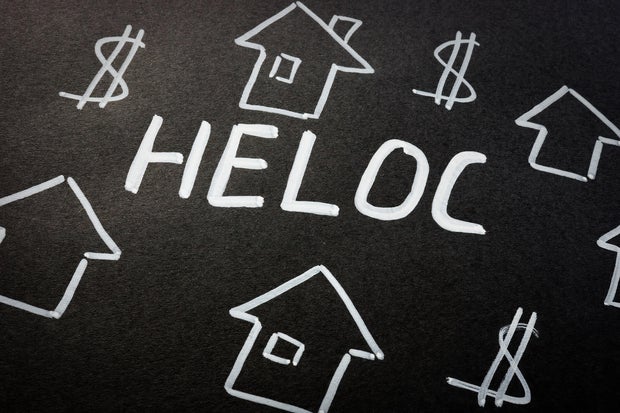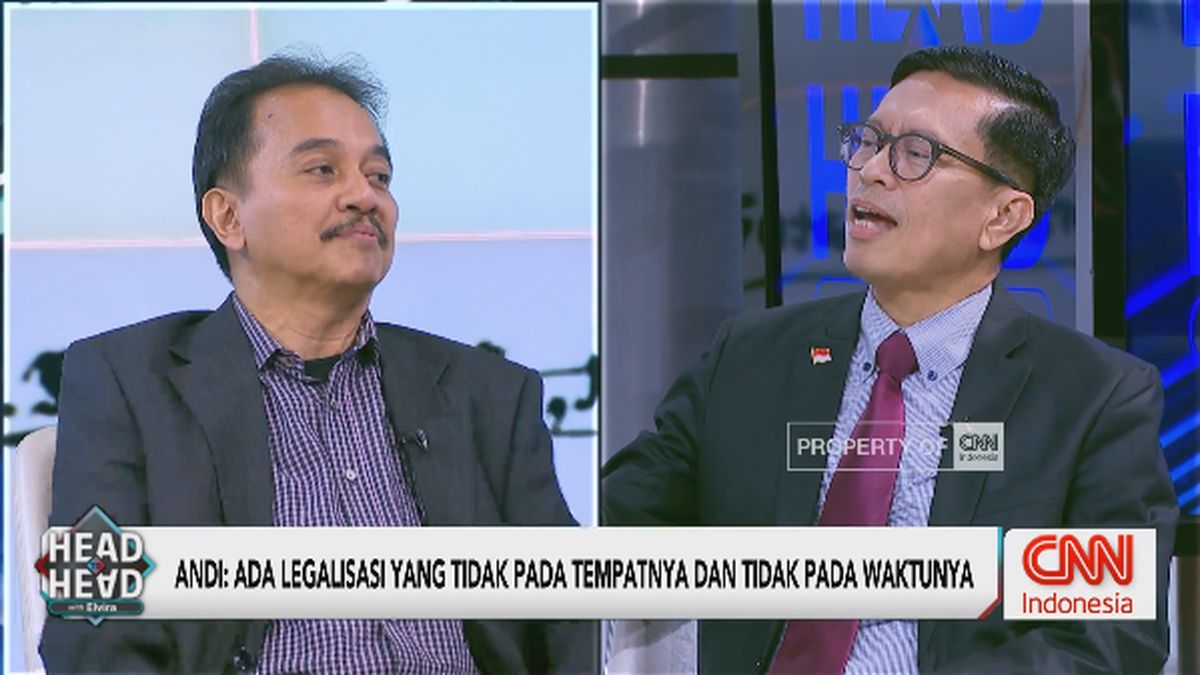 The Fed rate cuts expected to occur later this year could have a big impact on the cost of your HELOC.
Getty Images/iStockphoto
The Fed rate cuts expected to occur later this year could have a big impact on the cost of your HELOC.
Getty Images/iStockphoto
With inflation showing recent upticks and interest rates remaining elevated, borrowers are facing higher loan costs and stretched household budgets. Federal Reserve rate cuts in the coming months may provide much-needed relief, though. Millions of homeowners with home equity lines of credit (HELOCs) stand to benefit, given that these variable-rate loans currently average 8.13% nationally.
Unlike fixed mortgages that stay locked regardless of Fed policy, HELOC rates can and often do move with wider rate changes. And, even a modest rate reduction could translate to meaningful monthly savings. But if rates drop, what happens to your HELOC payments, and how soon could you see a difference?
Here's what mortgage professionals say about timing, savings potential and strategies for managing HELOC debt in a fluctuating rate environment.
Find out how affordable your home equity borrowing options could be today.
How will interest rate cuts impact my HELOC payments?
"HELOC interest rates are generally structured as prime plus a margin," Debbie Calixto, sales manager at mortgage lender loanDepot, says. The federal funds rate influences the prime rate, while the margin reflects an additional percentage based on your credit score and loan details.
"When the Fed cuts the federal funds rate (let's say by 0.25%), the prime rate usually drops by the same amount almost immediately, since banks follow the Fed's lead," says Steven Glick, director of mortgage sales at HomeAbroad, a real estate investment fintech company. "That lowers your HELOC rate, which directly cuts the interest charged on your outstanding balance." If you have a $50,000 balance at 8.5%, Glick says a 0.25% drop could shave about $10 to $15 off your monthly interest-only payment.
Will I see HELOC payment relief right away?
While HELOC rates move with Fed cuts, the reality is that not every borrower will see lower payments immediately. These factors can affect when you'll see relief:
- Adjustment schedules: "Timing varies because of how your lender handles adjustments," Glick says. Some HELOCs update payments right after a rate change. Others, though, adjust monthly, quarterly or even annually. You may need to wait until your lender's next adjustment period to see changes.
- Billing cycles: "If a cut happens mid-cycle, it could take one to two statements to show up," says Glick.
- Loan features: "Some HELOCs have interest-only periods, where you're only paying interest for a while. Others may include payment caps, which limit how much your payment can change at once," says Calixto. "These features can delay or reduce the impact of a rate cut."
Compare your home equity borrowing options and lock in a great rate now.
What to ask your lender about HELOC rate adjustments
Before assuming how Fed cuts will affect your HELOC, experts encourage getting clarity on your loan terms by asking three questions:
- What rate index does my HELOC follow, and what's my margin? "You need to know if it's pegged to the prime rate or something else, and how much extra (the margin) your lender's tacking on," Glick says.
- Do I have any introductory rates? "After introductory rates time out, HELOC rates [revert] to the lender's standard rate," Anthony Simeone, executive vice president and chief lending officer at Ridgewood Savings Bank, says. This would translate into a higher monthly payment.
- Are there caps or floors limiting rate changes? "Floors are sneaky," Glick warns. "They [prevent] your rate from falling too low." If your HELOC has a floor rate, you might not see the payment relief you expect, even when the Fed cuts rates.
How experts say to manage HELOC debt in a changing rate environment
Besides asking your lender about rate adjustments, there are a few proactive steps you can take to stay prepared for rate movements:
Budget for rate swings in both directions
"Calculate what your monthly payment would look like with a 0.5% shift up or down using an online calculator, so you're not caught off guard," advises Glick.
Simeone suggests testing an even wider range. "Look at the existing rate and increase it by as much as 2% or to the maximum interest rate permitted on the HELOC," he says.
Keep paying down your principal
Karen Mayfield, national head of originations at mortgage-as-a-benefit provider Multiply Mortgage, recommends maintaining your current payment amount even if rates drop. This way, the difference goes toward your principal, reducing your interest exposure when rates rise again.
Look into refinancing
"If [your] HELOC's outstanding balance is high, consider refinancing for a blended rate," says Mayfield. "Even if [you] lose [your] 3% first mortgage interest rate, having a 7% interest rate that includes both [your] first loan and pays down/off [your] HELOC at 10% may make sense."
The bottom line
"Proactive planning can [help] you adapt to rising or falling rates while minimizing financial stress," Calixto says. If you're unsure how rate changes might affect your situation, start by reviewing your HELOC terms. You might also consult home lenders about refinancing options or converting to a fixed-rate loan if rate volatility becomes a concern.
Sharon Wu, a senior writer with over a decade of experience, specializes in consumer-focused content covering home and finance topics such as insurance, investments, credit, debt, mortgages and home security.


















































